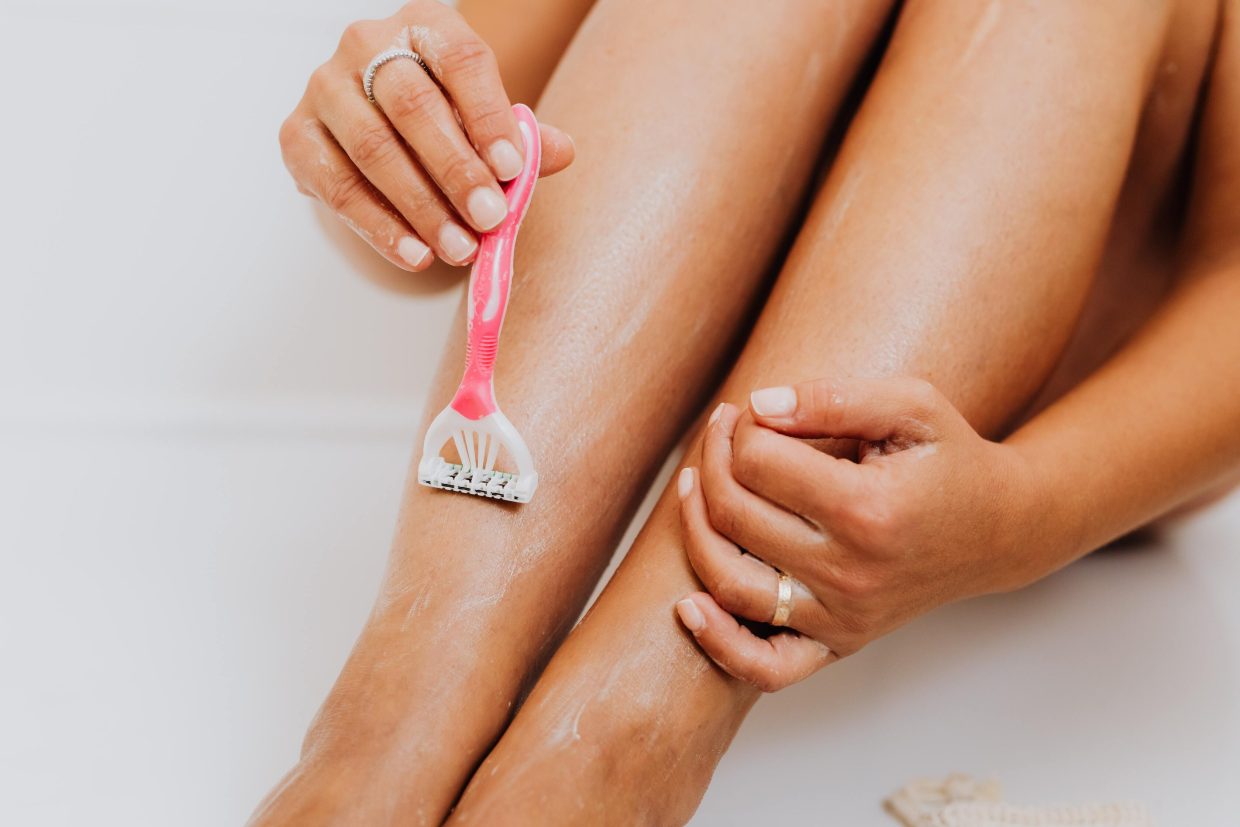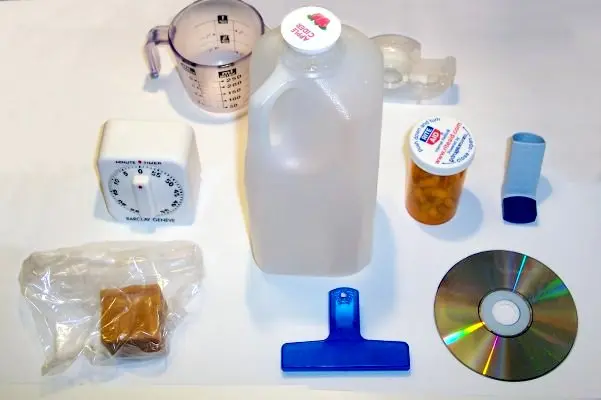Expert Shaving Tips for a Smooth and Irritation-Free Experience

Getting a clean and smooth shave can sometimes be a frustrating experience. Dealing with cuts, bumps, and itchiness can be quite bothersome, and it can be disheartening when our shaving results don’t match those seen in razor commercials. While there are numerous hair removal methods available, the simplicity and convenience of using a razor make it a popular choice for many, according to dermatology resident Dr. Taylor Bullock. It’s quick, affordable, and can be done at home.
However, experiencing issues like razor burn is not uncommon when it comes to shaving. Fortunately, there are tips and tricks to achieve a smoother and safer shave with your trusted razor. Dr. Bullock shares some of these tips below:
1. Shower before shaving
Shaving on dry skin increases the risk of cuts and irritation and prevents proper exfoliation. Exfoliating is key to improving the texture and strength of your skin by removing dead skin cells and stimulating collagen production. To maximize exfoliation, shave at the end of your bath or shower when your skin has been softened by warm water for at least 10 minutes.
2. Exfoliate before shaving
In addition to warm water, using classic exfoliation products like loofahs and bath scrubs can help prepare your skin for a smooth shave. By gently rubbing your skin prior to shaving, you can loosen up dead skin cells and prevent your razor from getting clogged, ensuring a more efficient shave.
3. Use cooler water
While many people prefer hot water for showering, using cooler water when shaving is recommended. Extra hot water can excessively soften your skin, making it more prone to cuts.
4. Use shaving cream, not soap
Contrary to popular belief, soap and water do not provide sufficient lubrication for shaving and can even dry out your skin, causing flakiness. Instead, use a foam or gel specifically formulated for shaving. Alternatively, you can try using hair conditioner or body oil to help the razor glide smoothly and keep your skin soft and supple.
5. Shaving direction matters
For a smoother shave and more effective hair removal, it is generally advisable to shave against the direction of hair growth. Understanding the growth pattern of your hair is essential. For legs, shave upward starting from the ankle and heading towards the knee. For underarms, shave both upward and downward – first upwards to remove exposed hair and then downwards to reach the root. When it comes to shaving pubic hair, personal preference plays a role – if you desire a closer shave, go against the grain; if you want to avoid razor burn, follow the grain.
6. Rinse with cool water
While warm water is ideal for opening up pores during shaving, it should be followed by a thorough rinse with cool water. This helps to close the pores and prevent the entry of bacteria, dirt, and other irritants into the skin.
7. End with moisturizer
After towel-drying, applying a hydrating moisturizer is essential to prevent flakiness and dryness. If you use self-tanning lotion, this is also the time to use it. Waxing hair removal leaves pores open, and applying self-tanning lotion immediately after can lead to a freckled appearance instead of a smooth tan.
8. Ignore myths about thicker hair regrowth
There is a common misconception that shaving stimulates hair growth and makes it thicker and faster. Dr. Bullock clarifies that this is not true. Hair growth rate and volume are controlled internally and have no connection to shaving. A normal growth rate of about an inch per month is to be expected.
9. Protect your skin from the sun
After shaving, the skin becomes more sensitive, making it vulnerable to the sun’s damaging rays. Therefore, it’s important to use sunscreen at all times, not just when spending extended periods outdoors. Dr. Bullock recommends waiting 24 hours before exposing freshly shaved skin to prolonged sun exposure and using a broad-spectrum sunscreen with at least SPF 30. It’s crucial to reapply sunscreen after swimming or sweating, as even on overcast days, sunlight can still harm your skin.
10. Replace your razor regularly
The frequency of razor replacement depends on how often you use it. If you notice a buildup of debris that doesn’t rinse out easily with water, it’s time to replace your razor. A razor with impacted waste can introduce bacteria into open pores or cuts, potentially leading to an infection.
By following these tips, you can achieve a smoother and more comfortable shaving experience while reducing the risk of cuts, irritation, and other unwanted effects. Remember to take care of your skin before, during, and after shaving to maintain its health and appearance.





